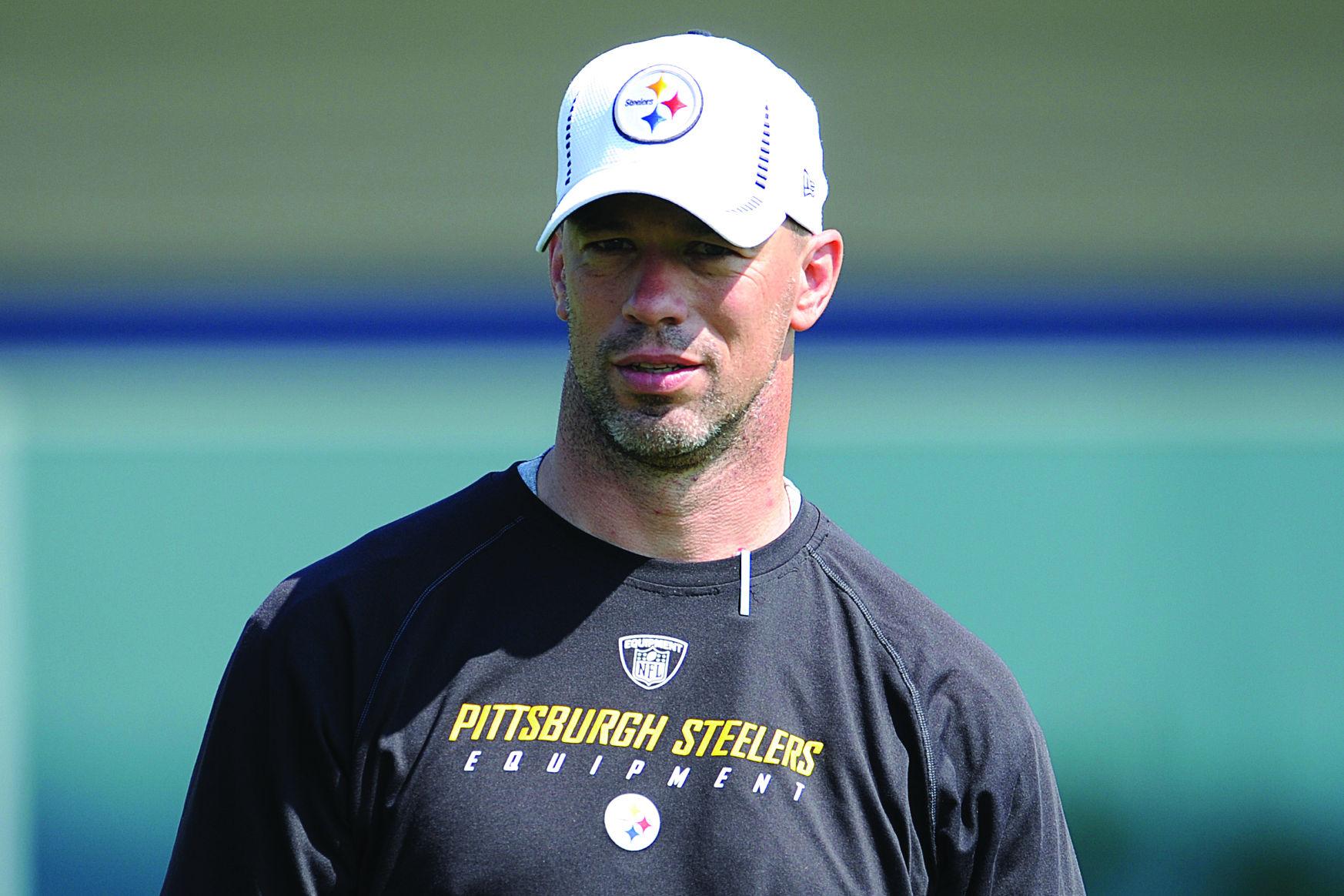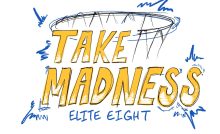After long playing career, Olsavsky finds passion in coaching


Jerry Olsavsky thought often about what he’d do after his career playing in the NFL ended. Not because he liked to, but because common sense just dictated it.
“You could get hurt at any moment, and your career would be over,” Olsavsky said.
The 1989 Pitt graduate, who majored in information science, enjoyed a decade-long spell playing the game he loved at its highest level. Nine of those seasons came with the Steelers, who drafted the linebacker in the 10th round of the 1989 draft.
“You’re really living a dream. You’re playing in the NFL and you’re like, ‘I don’t want anyone to wake me up yet,’” Olsavsky, who played in Super Bowl XXX, said. “But if you’re too involved in that dream, it can haunt you.“
Olsavsky hasn’t let it. He knew he’d stay in sports once he finished playing, but he didn’t know how. The man who was always known as a coach on the field would pursue a second career in that area. After playing at the highest level, he now coaches there, working with inside linebackers for the Steelers, where he’s been in a coaching capacity since 2010.
“I was fortunate that I didn’t really have to start looking for a real job until I was 32 or 34, about then,” he said. “My first job was a pretty good job.”
While still active as a player, though, his future plans existed as such — in the future. He helped out at camps in some offseasons, but that was the extent of his transition into his next profession.
Then, in 1993, he got an unexpected, unwelcome preview of life without football, suffering a season-ending knee injury in an October game against the Cleveland Browns. He would spend the next year recovering.
At some point during this period, longtime Carnegie Mellon head football coach Rich Lackner heard of the linebacker’s injury. Lackner had recruited the Youngstown, Ohio, native out of high school, and Olsavsky even applied to CMU. But Pitt offered him a scholarship late in the process, which Olsavsky accepted.
“And, boy, what a good move that was,” Lackner, the coach since 1986, recalled more than 20 years later.
Olsavsky went on to become an All-American his senior year, recording at least 100 tackles in each of his last three seasons, finishing his career with 367 stops — at the time, fourth-most in program history.
Now, Lackner again had an opportunity to help his program with the addition of Olsavsky. He made a phone call.
“Jerry O,” who lived close to campus, in Shadyside, would spend roughly eight months assisting the Tartans as a volunteer, coaching linebackers.
“Very down to earth unassuming kind of guy. He wasn’t one of these holier than thou ‘I’m a pro football player, I walk on water.’ He was very approachable,” Lackner said. “I was just always impressed with how the guy carried himself … To me, to the kids, he was just Jerry O, you know what I mean?“
After he left the game for good, retiring in June of 1999, it didn’t take long for Olsavsky to begin his second career. Bill Cherpak, his college roommate and teammate, has served as head coach at Thomas Jefferson High School in Clairton, Pa., since 1995. Cherpak told him if he ever had any interest in helping out to come by.
Olsavsky did so for a season. Again serving in a volunteer capacity, he’d take the bus out to Thomas Jefferson and help out however he could.
He was infatuated with the work. Cherpak, beyond seeing the genuine enjoyment his friend took from the job, sensed an innate ability to communicate effectively, a crucial skill in coaching.
“The thing that he did very well was he related everything to the kids. So the things that he wanted to teach them might have been techniques that he learned in college and the pros,” Cherpak said. “But he made them transition to the high school kids and was able to teach them and get them to understand.“
The following year, he returned home to Youngstown, where he volunteered at his alma mater, Chaney High School, to coach linebackers, the offensive line and special teams.
Olsavsky would go on to hold a voluntary position at Duquesne, his first paying position at UNC and then at Youngstown State.
Jon Heacock hired Olsavsky at YSU, where he was head coach in 2003, and had him on his staff for the next seven seasons.
“He was really a part time coach with full-time coaching responsibilities,” Heacock said.
Initially, Heacock sensed Olsavsky struggled to convey his wealth of knowledge in the limited amount of time available at the college level.
“All the different stuff that you have [to offer] isn’t worth anything unless you can get it to a player. Sometimes that’s a harsh reality, and I think it is for all of us, still. I’ve been doing this 30-some years,” Heacock, who currently serves as defensive coordinator at Toledo, said.
Heacock said the hardest thing is realizing you’re not in a pro locker room.
“You’re not a professional, anymore. It’s college. You have to take yourself back,” he said. “And again, I think he was able to do that after a while.”
The Steelers hired Olsavsky as a defensive assistant the next year.
“I’m just a kid from Youngstown that went to Pitt and liked to play football,” he said. “It’s been really good to me.”
Recent Posts
Column | Ryan Borucki’s revival is crucial for Pittsburgh’s bullpen
Two years ago, Ryan Borucki had one of the best stories on the Pittsburgh Pirates.…
Take Madness | Elite Eight: Nate Robinson and DMV regions
Welcome to the Elite Eight! After the first week, the initial field is narrowed down…
Faith’s Findings // The Art of Food
In this edition of Faith’s Findings, staff writer Faith Richardson dives into the riveting movie…
Panthers on Politics // Roundtable on Insurance
In this episode of Panthers on Politics, Ruby, Piper and Josie host a round-table discussion…
Hiring freeze raises staffing concerns for Pitt language departments
As preparation begins for the 2025-26 academic year, Pitt’s language departments face uncertainty amid the…
Pitt workers agree to new one-year contract
Pitt service workers finished negotiating a one-year contract at the beginning of March that included…

